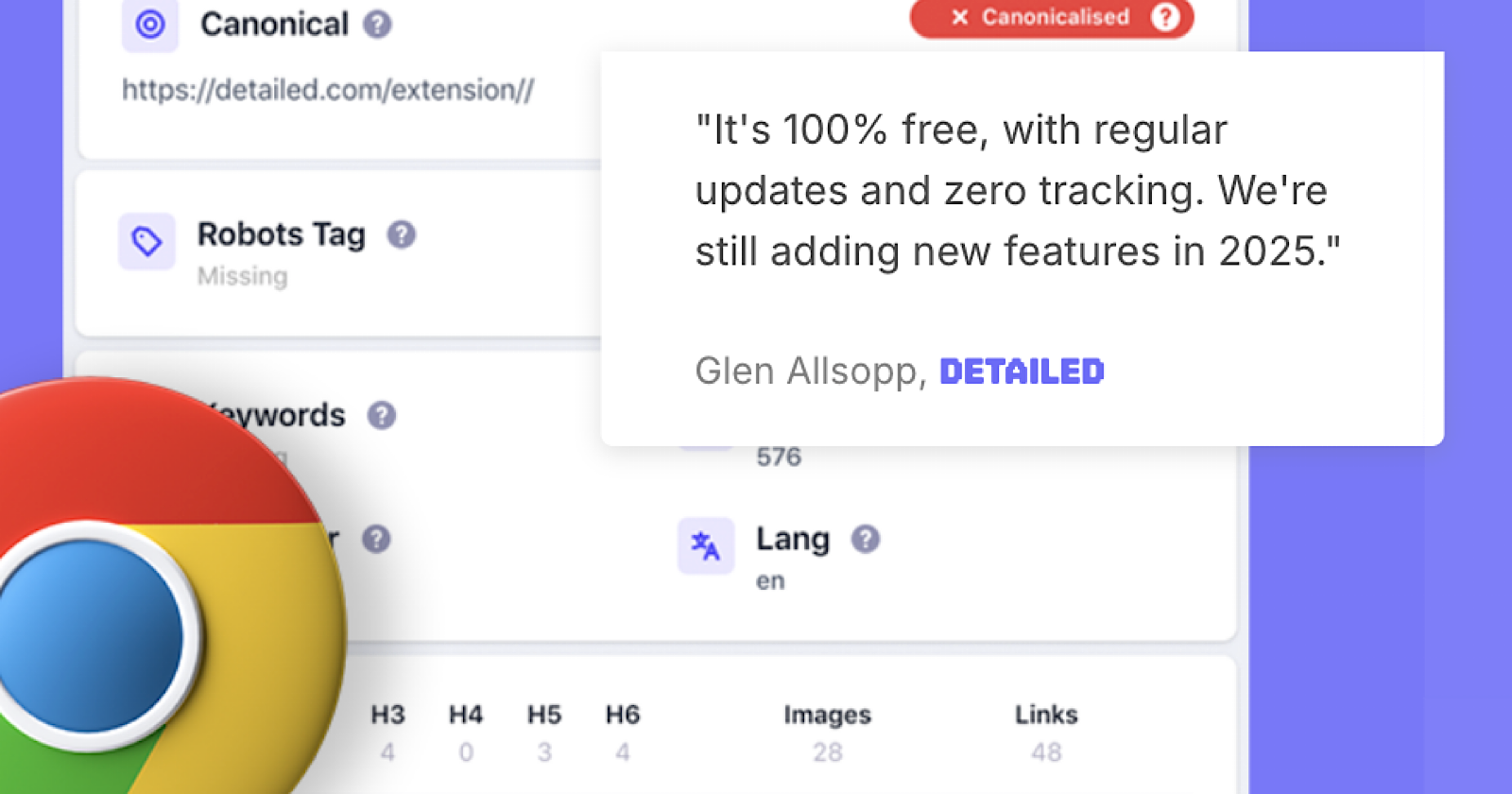Why some DTC brands are reducing their influencer marketing budgets
Despite the sector’s overall growth, some direct-to-consumer companies are pulling back on their creator economy investments.

After a seed round in spring 2021, Stix—a direct-to-consumer brand that sells products like morning-after pills, condoms, probiotics and pregnancy tests—decided to set aside a budget for influencer marketing.
At the time, influencer marketing represented a small percentage—roughly 10%—of Stix’s marketing budget. Specifically, those funds were used to compensate influencers for posting about Stix.
But by 2022, that budget was reduced.
“After some trial and error and looking at what works, those organic influencer relationships—when people just love the brand and want to share it—those are the ones that do well. I think it's really hard to pay for that and have the same results, because people can read authenticity and understand what feels real versus what feels like a paid campaign,” Stix Co-Founder Jamie Norwood said.
Now, influencer spend makes up far less than 10% of Stix’s total marketing budget, with Norwood saying it’s currently less than $1,000 per month. Norwood didn’t share exactly what the monthly budget was before the reductions, but added that some months, it was more than $10,000.
If she had seen a ton of value from Stix’s influencer activations, Norwood explained, she would have been happy to continue allocating budget toward the channel. But that wasn’t the case.
Stix isn’t alone here. Agencies with a bird’s-eye view of the industry said they’ve recently noticed DTC clients reducing their influencer marketing investments. After all, there are many obvious reasons to do so right now: influencer rates have gone up over the past few years (creator agency The Motherhood saw influencer rates rise by 44% from 2020 to 2021 and 45% from 2021 to June 2022 on average), and the broader economic slowdown has led to reduced marketing budgets as a whole.
But the founders of some DTC brands—ranging from investing platforms to fashion companies—zeroed in on a less-tangible reason why they’ve recently reduced their respective influencer marketing budgets since the end of 2022. Like Stix’s Norwood, they mentioned that consumers no longer find paid influencer partnerships authentic.
A vibe shift
Kayley Reed, founder of influencer talent agency Hermana, has seen the shift first hand. Despite influencer marketing growing into a $16.4 billion industry in 2022, many of the smaller DTC companies she works with often aren’t willing to pay the rates creators are charging.
Reed said she thinks that the recession and the need to prove ROI have contributed to this change. But she noted that the “over saturation and popularity of the influencer space” is also to blame.
Dave Coleman, president of media buying agency Ocean Media, said he’s noticed something similar. Just like how a few years ago many DTC brands realized they needed to diversify their investments beyond Facebook and Instagram advertising, Coleman said, some companies are now realizing that they over-invested in the influencer marketing space and need to diversify their media mix.
“They are trying to find additional channels that can work for them,” Coleman said. “That money is going towards other social campaigns, it’s going towards other video based campaigns … [and] going towards audio and podcast campaigns.”
Brands back away
Accessories brand Susan Alexandra currently does a “very, very” sparse amount of influencer marketing, according to its founder Susan Korn—but that wasn’t always the case.
Back in 2018 or 2019, she said, influencer marketing was a way to “buoy your business” while getting “beautiful content where people could really see how something was worn.”
“It was definitely something that built my brand, for sure,” she said. “When a really cool influencer would wear your stuff, you would see dramatic results immediately. You would see sales, and you would see recognition and followers.”
Before 2022, Korn said, an influencer would post a photo with her product and she’d immediately see something like 10 resulting sales within roughly 30 seconds. “That just doesn’t happen anymore,” she said. “The people who used to move units for you, their reach is really not where it was anymore.”
The change happened, she said, starting last year. Korn clarified that she reduced her brand’s investment in influencer-gifting at some point over the past year.
Susan Alexandra sells high-end accessories (it’s famous for its handmade beaded bags, which sell for as much as $898), so its influencer budget is the dollar amount of products it can afford to give to creators for free. Korn did not specify what that dollar number was during the height of her brand’s time working with influencers.
Rockford Yapp IV, VP of acquisition at DTC investing platform Public.com, said the company “stumbled into” influencer marketing in early 2021. The resulting content became some of Public’s “best-performing campaigns,” Yapp said, adding that, at the time, the cost per user was “very, very low,” and that the conversion rates and click-through rates were very high.
At the time, Public’s influencer marketing results were outperforming those on more traditional marketing channels like Facebook and Google—in part because ad prices on Facebook, Google and the like were rising at the time, according to Yapp.
Influencer marketing was Public’s “biggest channel” in terms of marketing budget and “a huge part” of its growth strategy “for a big chunk of 2021,” Yapp said.
But in early 2022, all that started to change. “The performance of the campaigns started to deteriorate, and we were able to get more bang for our buck on other channels,” Yapp said.
He attributed part of that change—which included rising CPMs and worsening conversion rates—to creators raising their rates as they “understood their worth more.”
“The unit economics of those campaigns just started to deteriorate,” he continued.
But, like Stix and Susan Alexandra, Yapp also noted that users are getting smarter about identifying ads versus an organic post from a creator. While Yapp declined to provide exact figures, he said Public’s influencer marketing budget has decreased significantly. The media mix has shifted towards “intent-based channels,” such as paid search.
Looking back on 2022, influencer marketing “was not the top dog” for the company’s marketing budget anymore, he said.
“In 2023, it's still definitely going to be a part of our marketing mix. But we have to be a lot more diligent about what creators we partner with [and] how we manage the creative, and the scripts, and the content alignment … and all that sort of stuff in order to make it an economically viable channel,” Yapp said, adding that there just “aren’t as many home runs” with the channel anymore.

 Astrong
Astrong 
































